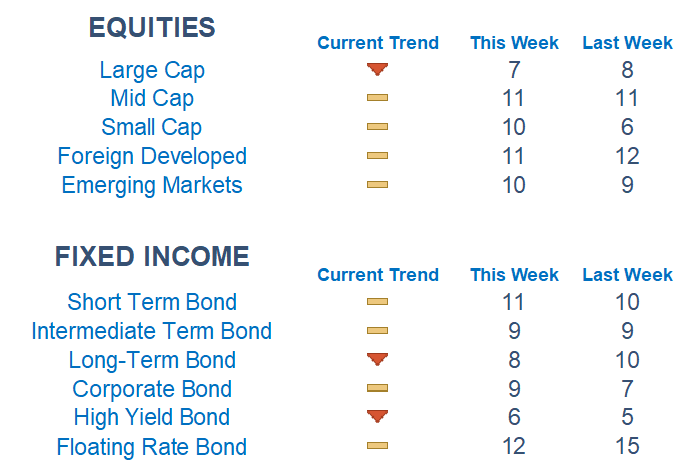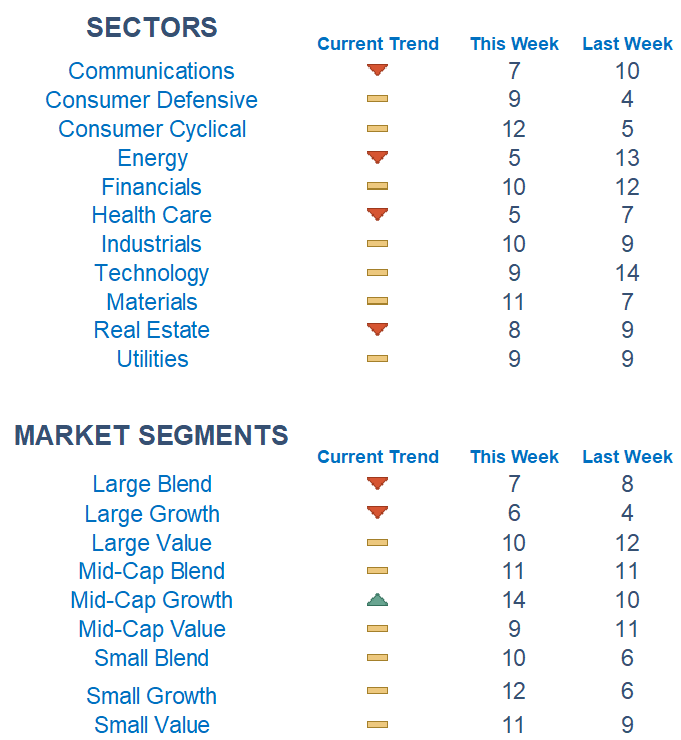The chop persists and we enter the short trading week on a more unstable footing.

This Week on Wall Street - Week of February 21st
Market Commentary
The chop persists and we enter the short trading week on a more unstable footing. Our newton models are continuing to flash weakness across asset classes. Trends that appear to have staying power and strength have quickly dissipated as investors place frenetic bets based on incoming data.
Much of the recent economic data on the inflation front and economic growth is splashing cold water on the Fed pivot. We get the Fed's favorite inflation gauge this week as well as leading economic indicators like housing.
After a volatile battle last week, the key 4,100 level was lost by the bulls as they look towards the 200-day moving average near 3,950 as a major line in the sand.
Among sectors, our models are not picking up major trends which speak volumes to the market we are currently in. Picking names with relative strength within sectors has remained the dominant and most effective strategy.

What is Newton?
r Newton model attempts to determine the highest probability of future price direction by using advanced algorithmic and high-order mathematical techniques on the current market environment to identify trends in underlying security prices. The Newton model scores securities over multiple time periods on a scale of 0-20 with 0 being the worst and 20 being the best possible score. Trend & level both matter.

Economic Releases This Week
Monday: None
Tuesday: S&P Flash Services & Manufacturing PMIs, Exisitng Home Sales
Wednesday: FOMC Minutes from Feb 1st Meeting
Thursday: Initial & Continuing Jobless Claims, Atlanta Fed President Speaks
Friday: Consumer Spending, New Home Sales, PCE Index, Consumer Sentiment

Technical trading models are mathematically driven based upon historical data and trends of domestic and foreign market trading activity, including various industry and sector trading statistics within such markets. Technical trading models, through mathematical algorithms, attempt to identify when markets are likely to increase or decrease and identify appropriate entry and exit points. The primary risk of technical trading models is that historical trends and past performance cannot predict future trends and there is no assurance that the mathematical algorithms employed are designed properly, updated with new data, and can accurately predict future market, industry and sector performance.
